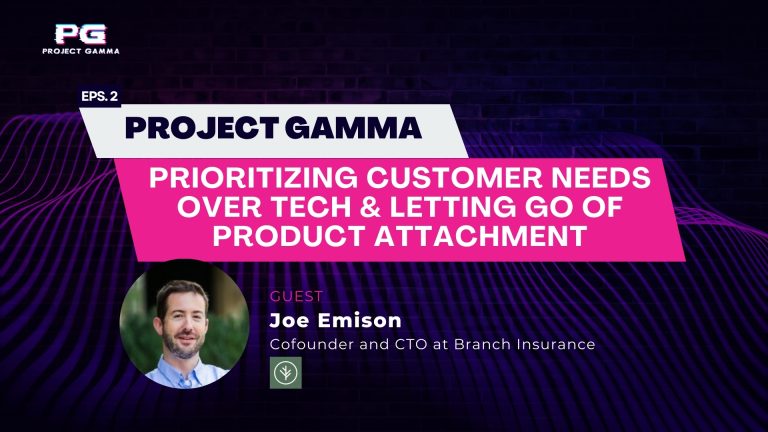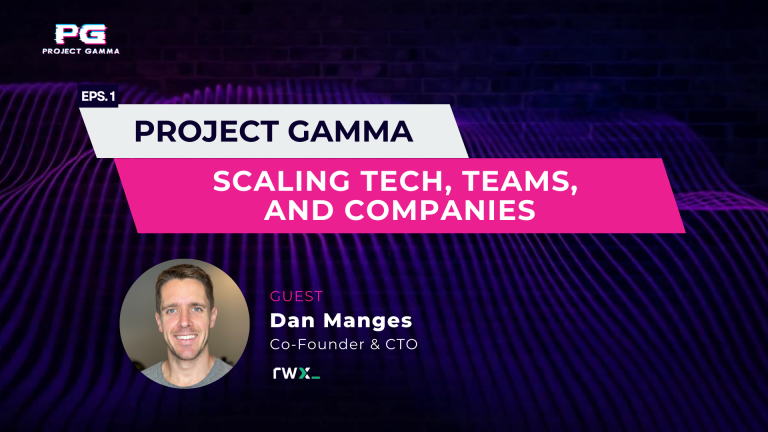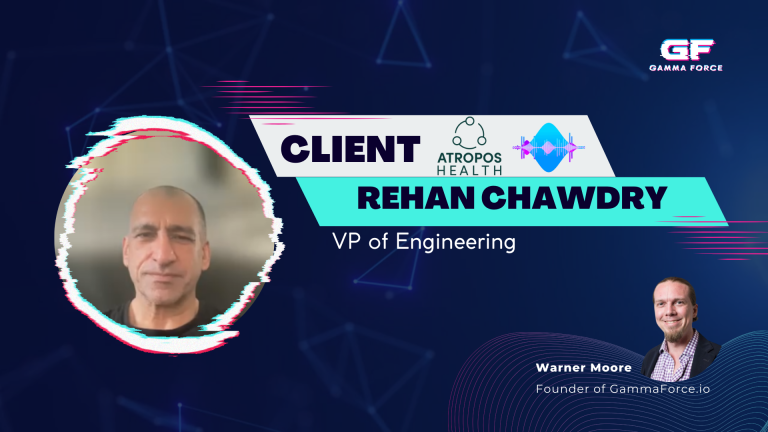Discover actionable tips to ensure business continuity when key security personnel leave their current roles.
Key Takeaways:
- Succession planning for security engineer roles should be a proactive, ongoing process instead of event-driven or episodic.
- Having one individual holding all the institutional knowledge creates a single point of failure, which can be costly if they decide to leave.
- Organizations should develop an elaborate knowledge-sharing plan early to avoid information loss.
Security engineers are highly sought after and hard to come by. With only 72 cybersecurity workers available for every 100 cybersecurity jobs, there’s a 28% chance vacant roles won’t be filled anytime soon. So, it’s no surprise that companies are keen to retain every reliable security expert they find.
Often, these professionals stay with an organization for multiple years and take on multiple roles, improving its cybersecurity posture every day. That’s a good thing. But it can turn problematic if they hold all the institutional knowledge.
Having only one individual with all the information essentially creates a potential single point of failure within the organization, and a crisis may not be too far behind when they leave. Operational bottlenecks and data breaches may cause serious harm before a replacement is found.
In this context, every security organization/department must ensure that for every person who leaves their role due to promotion, retirement, or attrition, someone is waiting in the wings who’s already been trained and done some shadowing, job rotation, and upskilling.
This guide covers succession planning best practices to give you an edge. You’ll also learn practical knowledge transfer tips to ensure business continuity when key personnel leave their current roles. Let’s dive in.
Best practices for succession planning
The first step of effective succession planning in security engineering roles is to evaluate your current state. You can do this internally or through a third party. The assessment should examine your capabilities and how they align against corporate goals, objectives, and risks to uncover all potential single points of failure. At this point, you must consider how operations would be impacted if personnel in various roles left, then decide the roles to include in succession planning.
Once you have the lay of the land, it’s time to scope the program. Create job descriptions for the critical positions you singled out in line with the current market. You can leverage the Workforce Framework for Cybersecurity. (NICE Framework) or look at job postings for similar security roles to set the right expectations.
Next, identify the people you’ll bring into the succession planning program. Consider their current skill level and what they need to fill the identified roles, then create an estimated time frame for advancement.
With that, it’s time to inform succession candidates of their inclusion in the program and finally have those important development conversations. Make it clear that the organization provides a path for advancement that’s aligned with the employee’s skills and potential and will invest in the necessary development activities to get them ready for their next move.
Remember, as exciting as the prospect of advancing to a more senior security role may be, some employees may have a different career path in mind. So, stopping and listening to them to ensure goals are aligned is essential.
Follow up with a development plan and allocate enough time during normal work hours for training and mentoring. Ensure the candidates are also doing shadowing and job rotations and set a regular meeting cadence to check in and review their progress.
Don’t forget to measure results. You can use various metrics such as mean time to backfill number, reduction in attrition, and percentage of positions filled with internal promotions. Finally, revisit the succession program annually, solicit feedback, and adjust for relevant changes.
How to transfer essential knowledge for software engineer rolesHow to transfer essential knowledge for software engineer roles
Knowledge sharing in security engineer roles ensures the timely transfer of critical information related to job tasks, roles, and procedures from key personnel to their colleagues for operational excellence, maximum efficiency, and business continuity. It captures all implicit, explicit, and tactical knowledge and best practices, ensuring it stays within the organization no matter who comes and goes.
These practical steps will help you seamlessly share and transfer pertinent information regarding security engineer roles:
1. Identify essential knowledge needed to get things done
Study and understand all useful information related to daily security operations—the absence of which creates gaps within teams, tasks, or processes. Pinning down what’s essential helps capture all pertinent information regarding security engineer roles, ensuring consistency in processes and documentation.
2. Create a tailored documentation process
Decide how you’ll capture and transfer essential institutional information, and then bring in key personnel to help with knowledge documentation. The documentation can include a written record of specific procedures, FAQs with elaborate answers to common questions, visual charts explaining complex knowledge, job aids security engineers can quickly reference when they need the information to perform a task, media recordings from key personnel, or something else.
The ultimate goal is to create a centralized repository of best practices and lessons learned from experience.
3. Leverage digital knowledge-sharing platforms and tools
With clarity about what information you want to capture and how you’ll keep it, find a suitable technology to facilitate the process. Knowledge-sharing platforms and tools let you structure, standardize, and automate information capture, helping you create rich content, flag duplicate content, and keep information up to date.
These platforms facilitate collaboration, document sharing, and discussions between key personnel and their successors, breaking down communication barriers during succession planning.
4. Mentorship, training, and development
Implement a mentorship program to groom succession candidates for critical security engineering roles. Pair the candidates with key personnel to help them gain useful experience and technical skills. Regular guidance and interaction can bridge the knowledge gap faster, preparing your organization for change sooner.
Remember to provide the candidates with continuous training and development opportunities through tasks like job shadowing, sharing, and rotation.
Proactive succession planning with Gamma Force
Given how hard it is to fill security engineering roles, succession planning should never be an afterthought. A proactive and strategic approach to succession and knowledge sharing ensures a seamless transition when key personnel move on to different roles or organizations.
Gamma Force can help evolve your security engineering capabilities and provide the leadership you need to stay ahead of attrition and cyber threats.
Contact us today to become more resilient with fractional executive services and expert strike teams.







